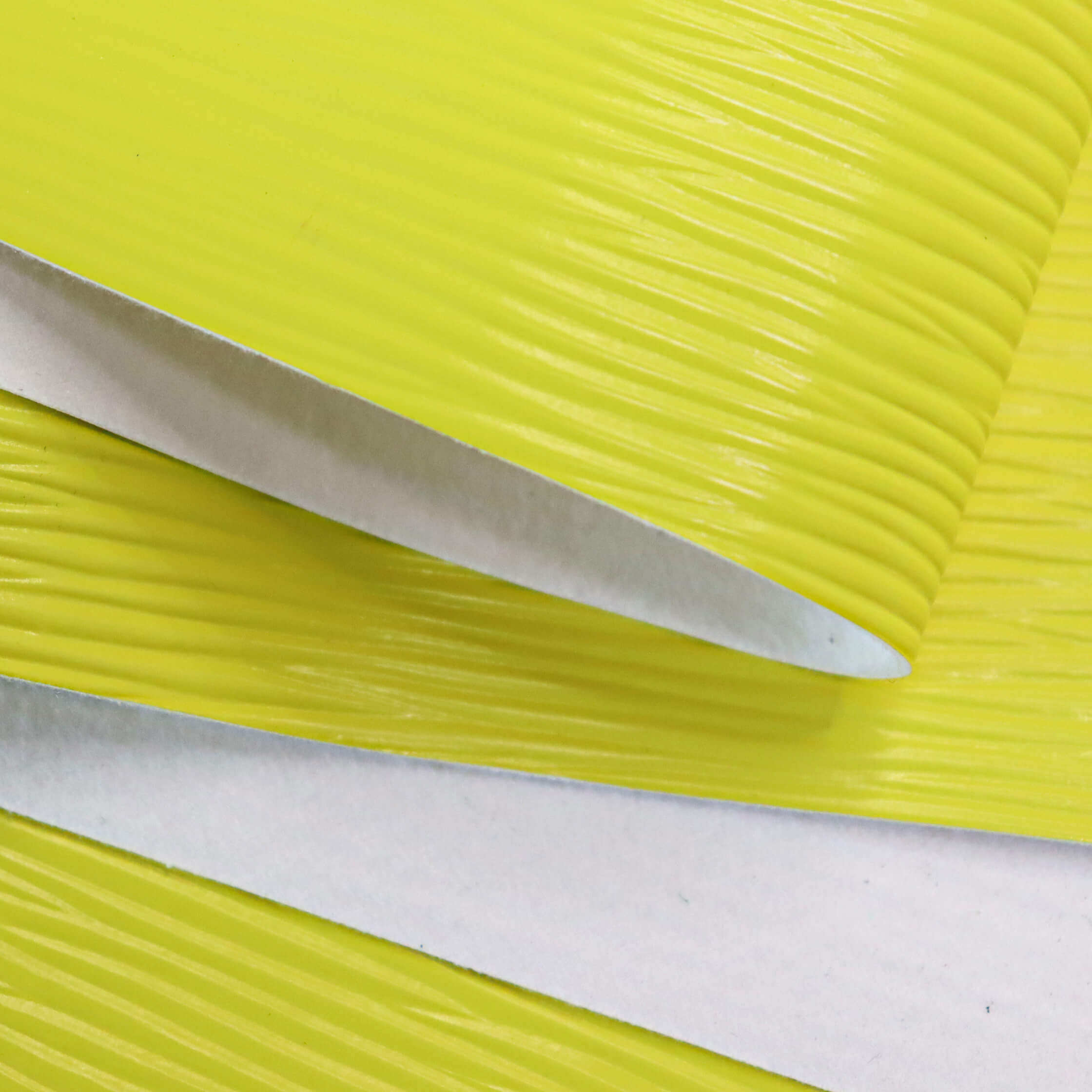Email format error
Email cannot be empty
Email already exists
6-20 characters(letters plus numbers only)
The password is inconsistent
Email format error
Email cannot be empty
Email does not exist
6-20 characters(letters plus numbers only)
The password is inconsistent

News

Which is Better: PU or Synthetic Leather?
When it comes to leather alternatives, PU (polyurethane) and synthetic leather are two of the most popular choices on the market. Both offer distinct advantages and applications, but determining which is better can be a subjective and nuanced decision. In this comprehensive comparison, we'll delve into the key characteristics, benefits, and drawbacks of PU and synthetic leather, helping you make an informed choice based on your specific needs and preferences.
Unveiling PU Leather: The Versatile All-Rounder
PU leather, also known as faux leather or synthetic leather, is a synthetic material made from polyurethane. It's designed to mimic the look and feel of genuine leather, offering a cost-effective and cruelty-free alternative for fashion, upholstery, and accessories. PU leather boasts several advantages over traditional leather, including durability, versatility, and ease of maintenance. It's available in a wide range of colors, textures, and finishes, making it a popular choice for designers and manufacturers seeking to achieve a specific aesthetic or performance criteria.
The Appeal of Synthetic Leather: Consistency and Affordability
Synthetic leather, on the other hand, encompasses a broader category of artificial leather-like materials made from various polymers, including PVC (polyvinyl chloride) and polyurethane. Unlike PU leather, synthetic leather may contain a combination of different materials and manufacturing processes, resulting in varying levels of quality and performance. However, synthetic leather is prized for its consistency, affordability, and accessibility, making it a preferred option for budget-conscious consumers and mass-produced goods.
Durability and Longevity: PU vs. Synthetic Leather
When it comes to durability and longevity, both PU and synthetic leather offer impressive performance compared to traditional leather. PU leather is known for its resilience to scratches, stains, and fading, thanks to its durable polyurethane coating. It's also less prone to cracking or peeling over time, making it a practical choice for high-traffic areas or everyday use. Similarly, synthetic leather exhibits excellent durability and resistance to wear and tear, making it suitable for a wide range of applications, from upholstery to footwear.
Environmental Considerations: Evaluating Sustainability
In recent years, environmental sustainability has become a pressing concern for consumers and businesses alike. When comparing PU and synthetic leather, it's essential to consider their environmental impact and sustainability credentials. PU leather is generally considered more environmentally friendly than synthetic leather, as it can be manufactured using fewer harsh chemicals and toxins. Additionally, some PU leather products are made from recycled materials or feature water-based coatings, further reducing their ecological footprint.
Comfort and Aesthetics: Finding the Perfect Balance
Comfort and aesthetics are crucial factors to consider when choosing between PU and synthetic leather. PU leather offers a soft, supple texture that closely resembles genuine leather, providing a luxurious feel without the ethical or financial implications. Its versatility allows for customization in terms of texture, finish, and color, giving designers and consumers greater flexibility in achieving their desired look and feel. On the other hand, synthetic leather may vary in texture and appearance depending on the manufacturing process and materials used. While some synthetic leather products offer similar comfort and aesthetics to PU leather, others may lack the same level of softness or tactile appeal.
Conclusion: Making an Informed Decision
In conclusion, the choice between PU and synthetic leather ultimately depends on your specific needs, preferences, and priorities. Both offer unique advantages and applications, ranging from durability and affordability to sustainability and aesthetics. By considering factors such as durability, environmental impact, comfort, and aesthetics, you can make an informed decision that aligns with your values and requirements. Whether you opt for the versatile all-rounder of PU leather or the consistent affordability of synthetic leather, rest assured that both offer viable alternatives to traditional leather with their own distinct benefits and appeal.

